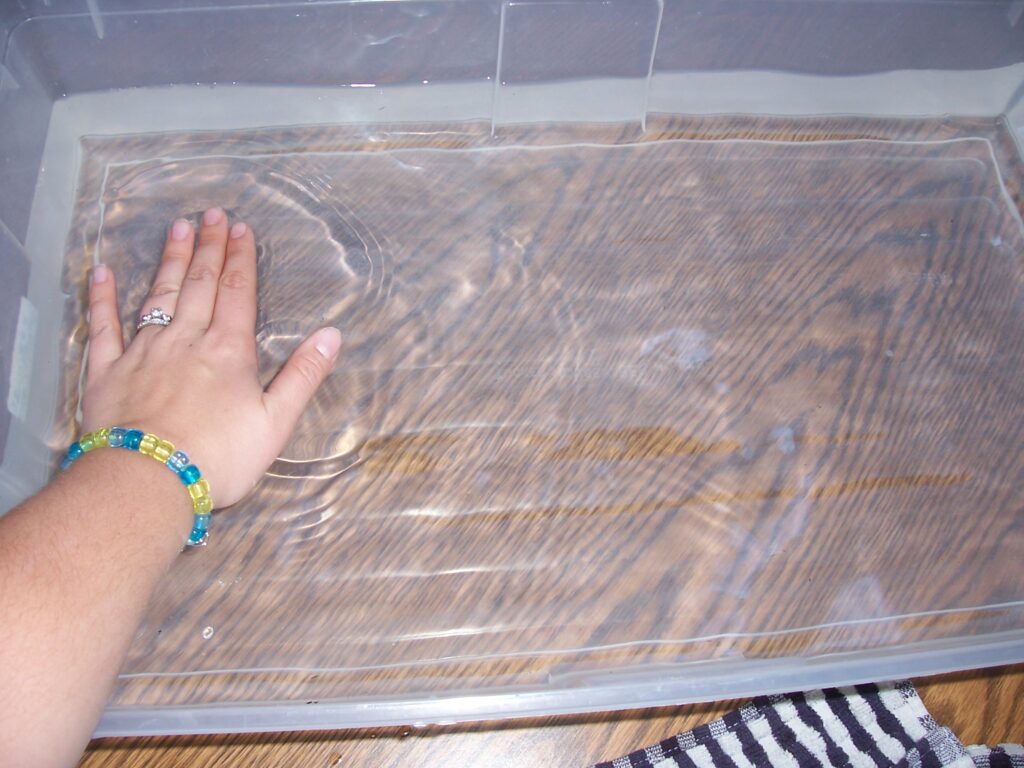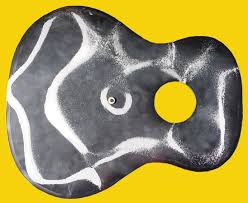January 27, 2016
 by Ted Beyer
by Ted Beyer
Bots in a Name?
Brushbots, bristlebots, scooterbots, and any other cleverly named bots have been around for years. You know—the toothbrush head (or something similar) paired with a tiny vibrating motor and a battery. For years, classroom teachers and homeschool parents have been using them to introduce even young students to the principles of engineering and robotics.
Read the rest of this entry »
 Leave a Comment » |
Leave a Comment » |  College level, electricity, Elementary level, energy, experiments, High School level, Middle School level, Physics | Tagged: bristlebot, brushbot, Educational Innovations, electricity, engineering, experiments, fun experiments, hands-on activity, hands-on science, homeschool, homeschool activity, parent friendly, PBL, phenomenon based learning, phenomenon-based science, science, science fair project, STEM, variables, vibration |
College level, electricity, Elementary level, energy, experiments, High School level, Middle School level, Physics | Tagged: bristlebot, brushbot, Educational Innovations, electricity, engineering, experiments, fun experiments, hands-on activity, hands-on science, homeschool, homeschool activity, parent friendly, PBL, phenomenon based learning, phenomenon-based science, science, science fair project, STEM, variables, vibration |  Permalink
Permalink
 Posted by Donna Giachetti
Posted by Donna Giachetti
June 9, 2012
 by: Michelle Bertke
by: Michelle Bertke
Sound can be a difficult concept to portray because the sound waves cannot be seen or touched. Luckily, there are several at home experiments that demonstrate the properties of sound waves.
Water tank to show ‘Sound Waves’
You can use a fish tank half filled with water to give a visual demonstration  of ‘sound waves’. Water is a perfect medium to show the propagation of waves. This demonstrates how sound waves travel though the air. There are two ways to display this activity. One way is to simply press your hands onto the top of the water and allow the waves to be made by the pressure of your hand. This allows students to see how waves travel though a medium. You can also use this to point out the aspects of a wave such as frequency and amplitude. Another way to show waves is to place a speaker next to the tank and allow the sound to produce the waves. This can show that sound is a form of pressure just like your hand. Read the rest of this entry »
of ‘sound waves’. Water is a perfect medium to show the propagation of waves. This demonstrates how sound waves travel though the air. There are two ways to display this activity. One way is to simply press your hands onto the top of the water and allow the waves to be made by the pressure of your hand. This allows students to see how waves travel though a medium. You can also use this to point out the aspects of a wave such as frequency and amplitude. Another way to show waves is to place a speaker next to the tank and allow the sound to produce the waves. This can show that sound is a form of pressure just like your hand. Read the rest of this entry »
 Leave a Comment » |
Leave a Comment » |  Elementary level, energy, experiments | Tagged: frequency, PBL, phenomenon based learning, phenomenon-based science, pitch, properties of sound, science, sound experiments, sound waves, tone, vibration |
Elementary level, energy, experiments | Tagged: frequency, PBL, phenomenon based learning, phenomenon-based science, pitch, properties of sound, science, sound experiments, sound waves, tone, vibration |  Permalink
Permalink
 Posted by Tami O'Connor
Posted by Tami O'Connor
April 30, 2011
 by: Tami O’Connor
by: Tami O’Connor
On a field trip with my 5th grade students to a local science museum, we saw one of the science instructors conduct a lesson on sound. It was such a simple idea, with easy-to-find materials, that I brought it home to do with my Girl Scout troop the following week. Since then, I have modified and expanded the lesson so it would fit any elementary or middle school grade lesson plan on sound.
Read the rest of this entry »
 Leave a Comment » |
Leave a Comment » |  Elementary level, energy, experiments, Middle School level, sound | Tagged: amplitude, awesome science experiment, easy-to-find materials, PBL, phenomenon based learning, phenomenon-based science, science, sound, sound experiments, vibration |
Elementary level, energy, experiments, Middle School level, sound | Tagged: amplitude, awesome science experiment, easy-to-find materials, PBL, phenomenon based learning, phenomenon-based science, science, sound, sound experiments, vibration |  Permalink
Permalink
 Posted by Tami O'Connor
Posted by Tami O'Connor
May 21, 2010
 by: Martin Sagendorf
by: Martin Sagendorf
An Odd Name: They’re named for the German physicist Ernest Chladni who popularized them in the mid-1700s. His name is pronounced: kläd’nêz.
Chladni Plates are: Thin plates (sprinkled with fine particles) vibrated perpendicular to their plane.
How? – Then and Now: Long ago Chladni used a cello bow to excite the edge of a thin metal or wooden plate. Today, we can use an oscillator, amplifier, and an electro-mechanical oscillator. We have a great advantage, we can easily vary the frequency of excitation thereby providing a whole vista of experimentation.
A 17 in. x 14 in. Chladni Plate in guitar shape at 200 Hz
 Read the rest of this entry »
Read the rest of this entry »
 7 Comments |
7 Comments |  College level, experiments, High School level, Middle School level, Physics | Tagged: construct your own physics demonstrations, energy, Ernest Chladni, frequency, oscillator, resonance, sound, standing waves, vibration |
College level, experiments, High School level, Middle School level, Physics | Tagged: construct your own physics demonstrations, energy, Ernest Chladni, frequency, oscillator, resonance, sound, standing waves, vibration |  Permalink
Permalink
 Posted by Tami O'Connor
Posted by Tami O'Connor
January 8, 2010
 by: Norman Barstow
by: Norman Barstow
Frequency, Wavelength and Pitch:
Sound is a tone you hear as the result of regular, evenly spaced waves of air molecules. The most noticeable difference is that some tones sound higher or lower than others. These differences are caused by variations in spacing between the waves; the closer the waves are, the higher the tone sounds. The spacing of the waves – the distance from the high point of one wave to high point of the next one – is the wavelength.
Read the rest of this entry »
 8 Comments |
8 Comments |  Elementary level, experiments, Middle School level, Physics | Tagged: frequency, parent friendly, pitch, sound, tone, vibration, wavelength |
Elementary level, experiments, Middle School level, Physics | Tagged: frequency, parent friendly, pitch, sound, tone, vibration, wavelength |  Permalink
Permalink
 Posted by Tami O'Connor
Posted by Tami O'Connor
 by Ted Beyer
by Ted Beyer


 Posted by Donna Giachetti
Posted by Donna Giachetti  by: Michelle Bertke
by: Michelle Bertke
 by: Tami O’Connor
by: Tami O’Connor by: Martin Sagendorf
by: Martin Sagendorf
 by: Norman Barstow
by: Norman Barstow